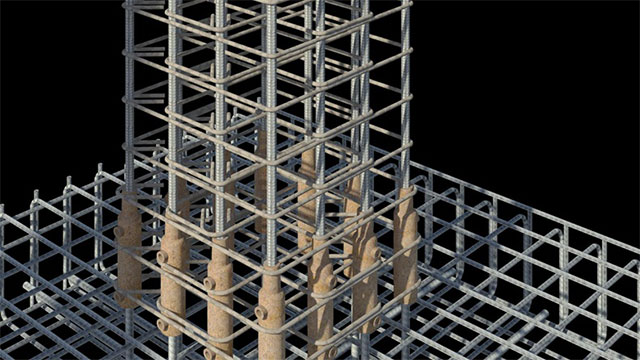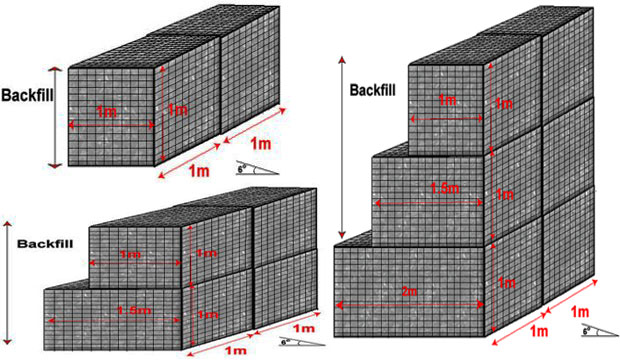The bulking test must be carried on at the commencement of work, and afterward on every new batch of sand and after any material in the weather – rain or hot to make sure that the bulked volume of the sand remains unaltered.
When sand is supplied and is applied on the job, it often includes moisture that induces films of water to develop on the surface of the particles, fluffing them separately. This is known as bulking and for moisture content of approximately 5 or 6 percent it may be as much as 20, 30 or even 40 percent based on the grading of the sand. Bulking of sand is generally found in fine sand except for coarse sand.
Objective: The standard test for bulking is dependent on the circumstance that when damp sand bulks, the volume of saturated sand rises.
While applying fine aggregate (sand) to produce concrete, it is essential to find out the quantity of used sand that has been bulked. It is done with bulking test. This test is dependent on the fact that when damp sand bulks, the volume of saturated sand entirely immersed with water is identical though the sand is dry. So, it is possible to calculate the volume of saturated sand and the result is identical to that of dry sand.
Tool: To conduct the test, the following tools are necessary:
01. a straight sided container like a 1 kg jam jar, or a clean, empty cane
02. a steel measuring rule
03. a steel rod to support the sand
04. a second container to immerse it into, and some water.
Method: Initially, load the container about two-thirds filled with the sand to be tested. Drop it lightly, do not pack it.
Smooth the top of the sand and drive the steel rule down through the bottom, calculate its height. Assume it to be 15 cm.
So, the height of the damp is identified, bulked sand. Follow the next step for obtaining the height of the similar sand if soaked with water. It is now possible to compare the two. Unfilled the sand in the other container and ensure to check that none of it losts in the process, and fill half portion of the first container with water. Now place the sand back into the water, slowly, so that it is completely soaked.
Initially bring back about half the sand and rod it perfectly to eliminate any air. After that, include the rest and rod once more in the similar way and level off top. Now drive your rule through the sand as formerly and calculate the new height then it is found that it contains sunk clearly. Approximately, it now calculates 12.5 cm.
 |
| Image Courtesy: gharpedia.com |
To read the complete article, go through the following link gharpedia.com
~~~~~~~~~~~~~~~~~~~~~
Published By
Rajib Dey
~~~~~~~~~~~~~~~~~~~~~



